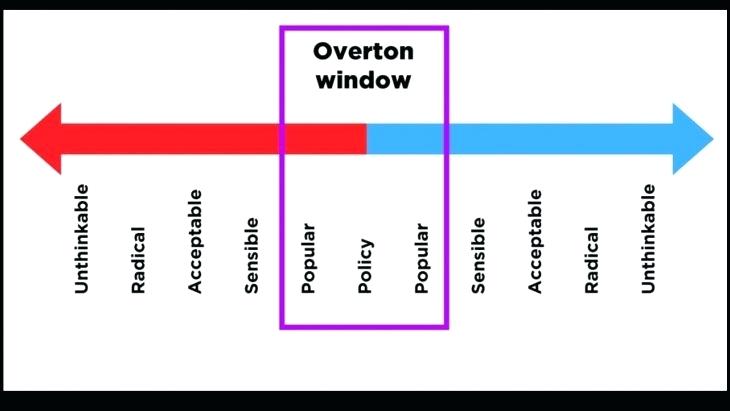The following article appeared in the Santa Fe New Mexican on November 19, 2023.
![]()
The Legislative Finance Committee has produced a new report looking at the issue of New Mexico’s low workforce participation rate. Here is one of many choice quotes analyzing the problem: “While unemployment rates have recovered to pre-pandemic levels, the share of the state’s working age population participating in the labor force is persistently low. Social services, economic development, tax rates, pension systems, the service industry and virtually every other area of the economy is impacted when there are fewer people working to support those who do not work.”
The report further notes “misalignment between the state’s workforce skills and industry is a challenge for New Mexico’s economic future,” the report focuses most of its attention on job training programs and other economic development incentives, but I believe this is a mistake. What the LFC gently calls “misalignment” really means “ill-prepared.”
Sadly, no matter how much New Mexico seems to spend on education, our results remain mired in the very bottom among U.S. states. We all know the numbers. New Mexico is last on the Nation’s Report Card, last on Kids Count and last in nearly any ranking of public education systems or outcomes. New Mexico is still working to comply with the Yazzie v. Martinez ruling, which deemed our education system “inadequate.”
Solving our state’s educational issues is fundamental to the future of New Mexico. People have moved their families out-of-state during the governor’s coronavirus pandemic lockdowns or have found other educational options. Sadly, tens of thousands of New Mexico children continue to suffer in a failing system.
The key is to reform the system, not pour more money into a system that is so clearly broken. Recently, through the education reform project called Opportunity for All Kids New Mexico, my foundation held a daylong conference in which numerous reform ideas were discussed.
High-level reformers from across the nation and state discussed private school choice options that have been implemented, how New Mexico can learn lessons from other states and maximize its charter school laws and what we can learn from Mississippi in reforming our existing education system. Advocates for charter schools were also able to tout ways in which New Mexico’s current form of school choice is working to improve education and outline how it could be harnessed to do even more.
After all, when your education system is so troubled, you need to consider all the options. Sadly, advocates of the status quo failed system, many of whom are supported financially and elected thanks to support from the unions, continue to stand in the way of necessary reforms.
What is holding New Mexico’s economy back? Many policies are responsible. Rio Grande Foundation continues to advocate for needed tax reform (to name just one needed reform). That said, no area of public policy in New Mexico could have a more profound impact on both our children and our long-term economic success simultaneously than would making needed changes to our education system.
In next year’s 30-day legislative session and beyond, New Mexicans and their elected officials must embrace a combination of accountability and reform that could (at last) begin to move New Mexico out of last place, improve the lives of our children and give us a better workforce.























